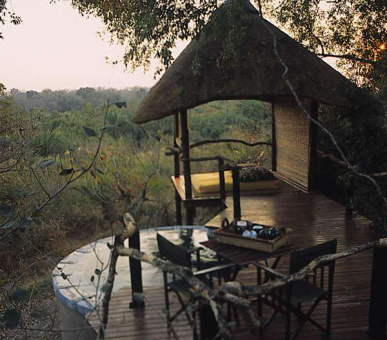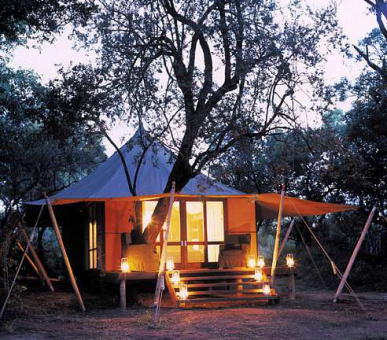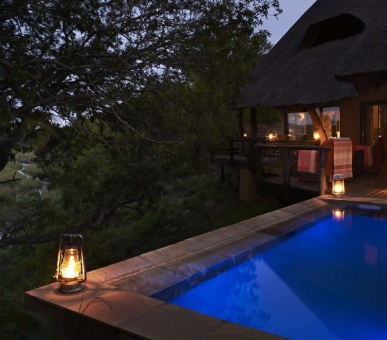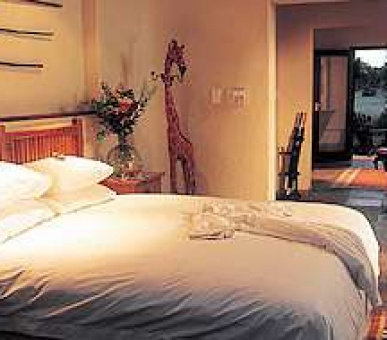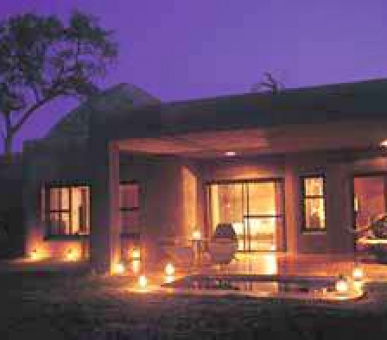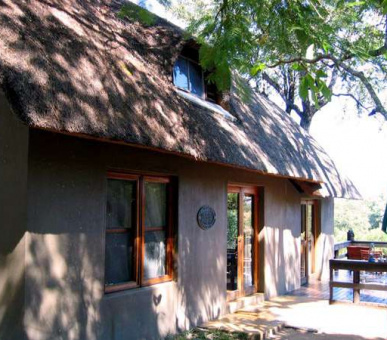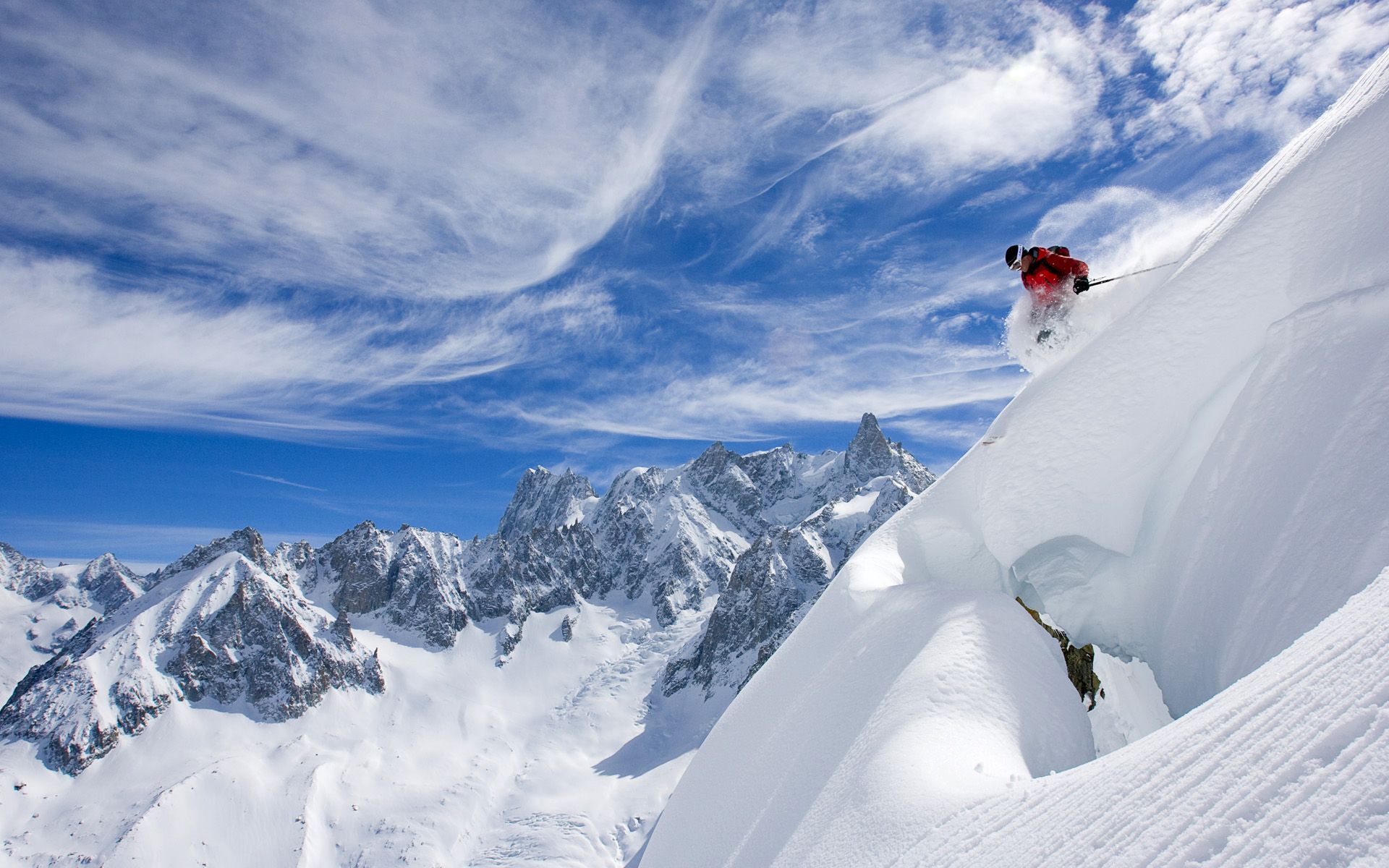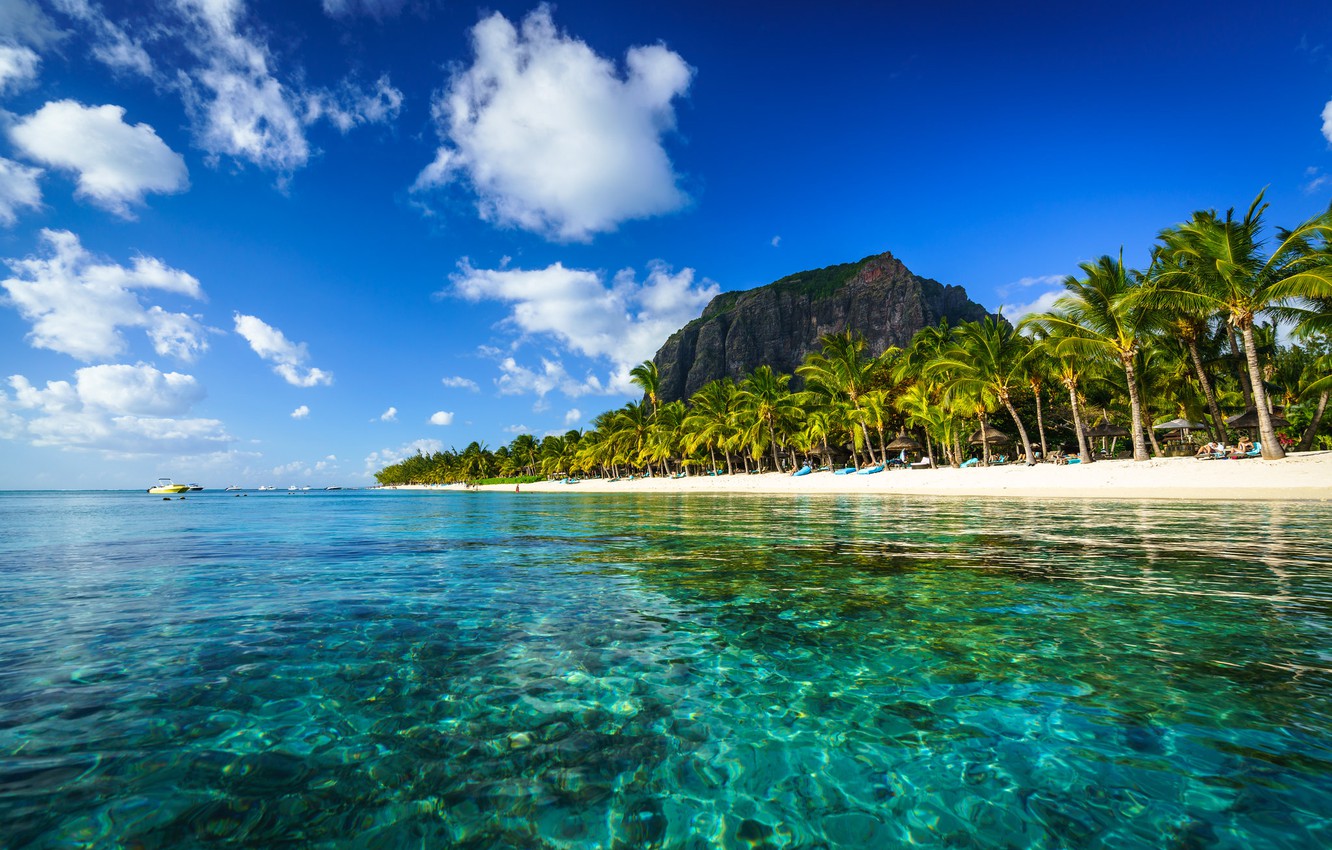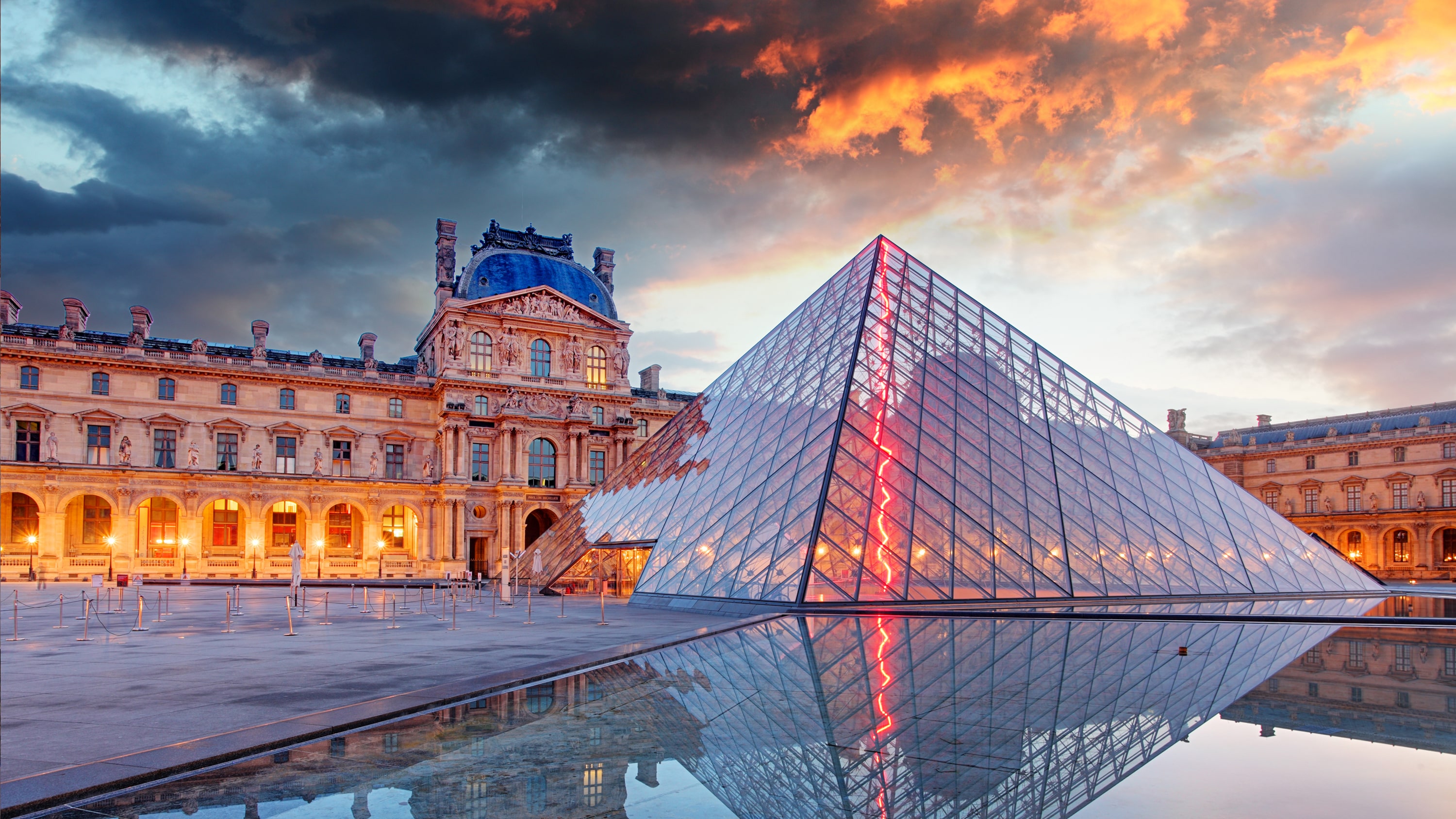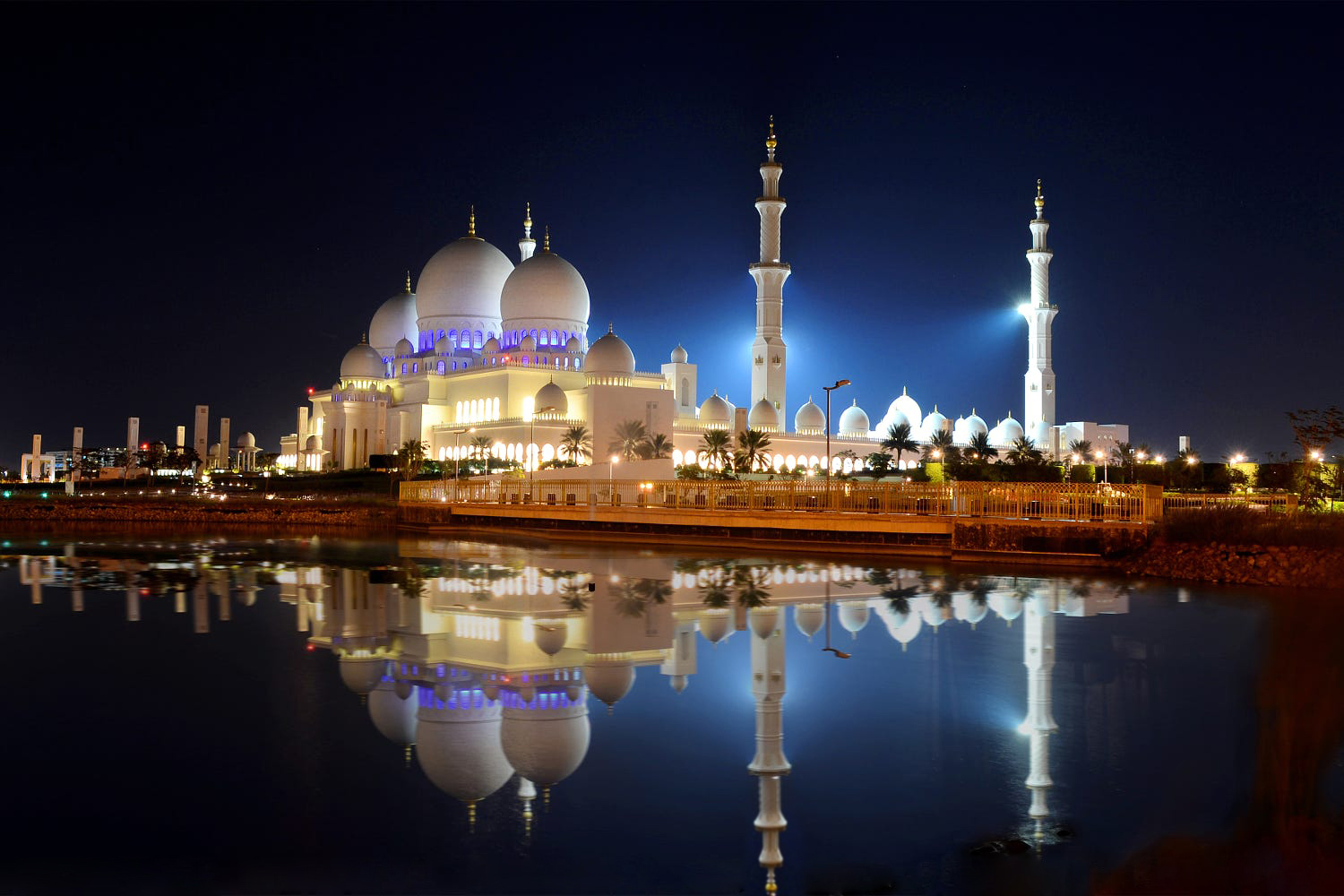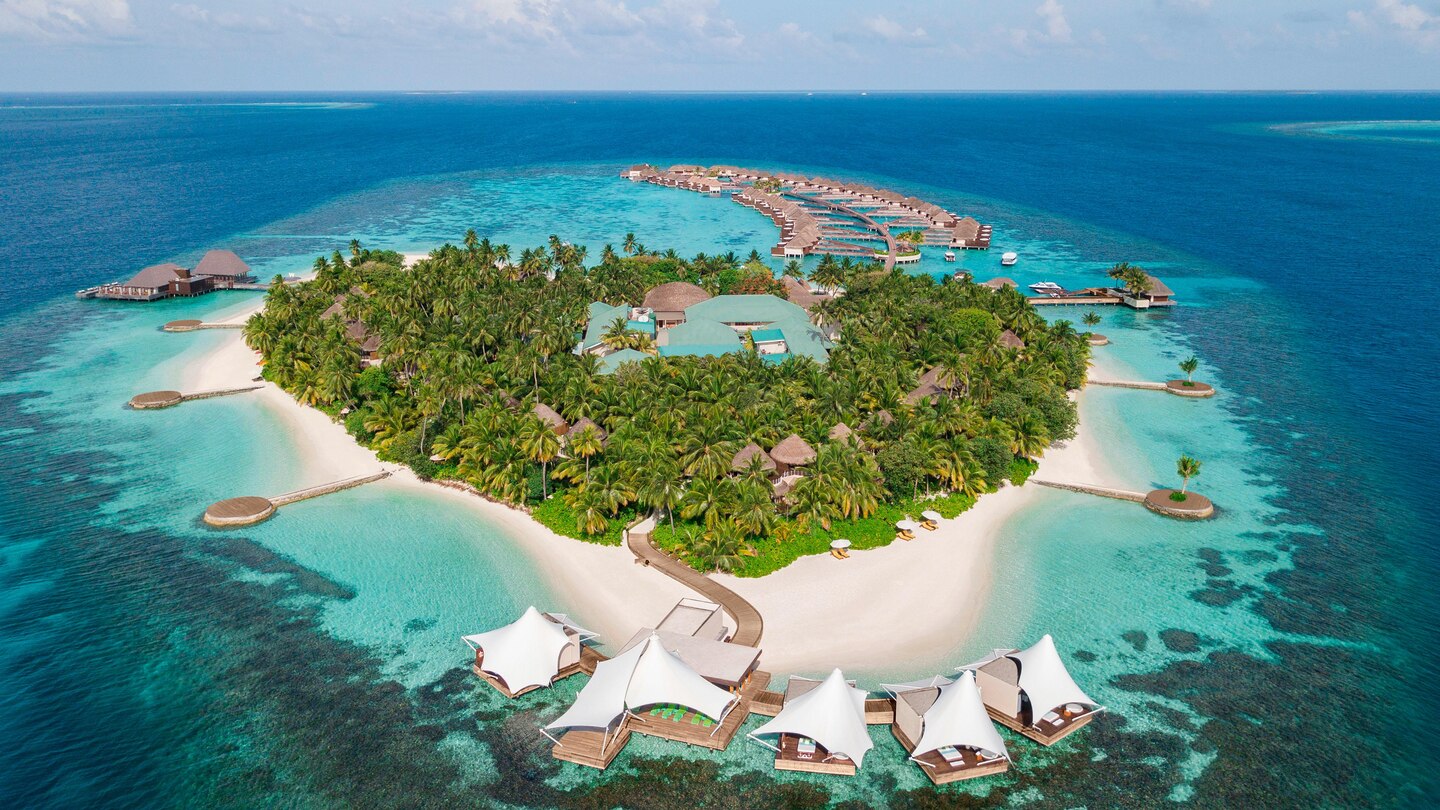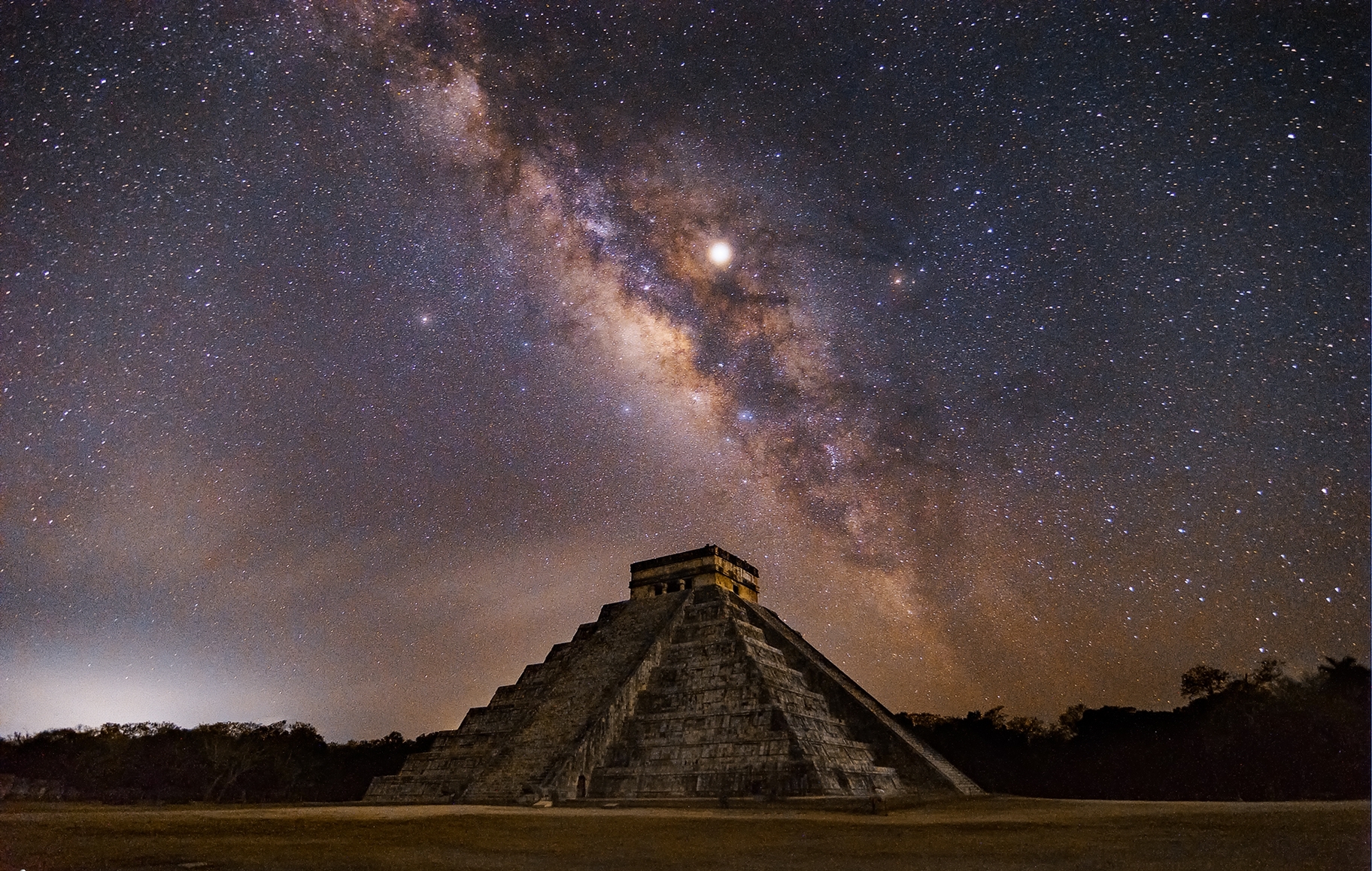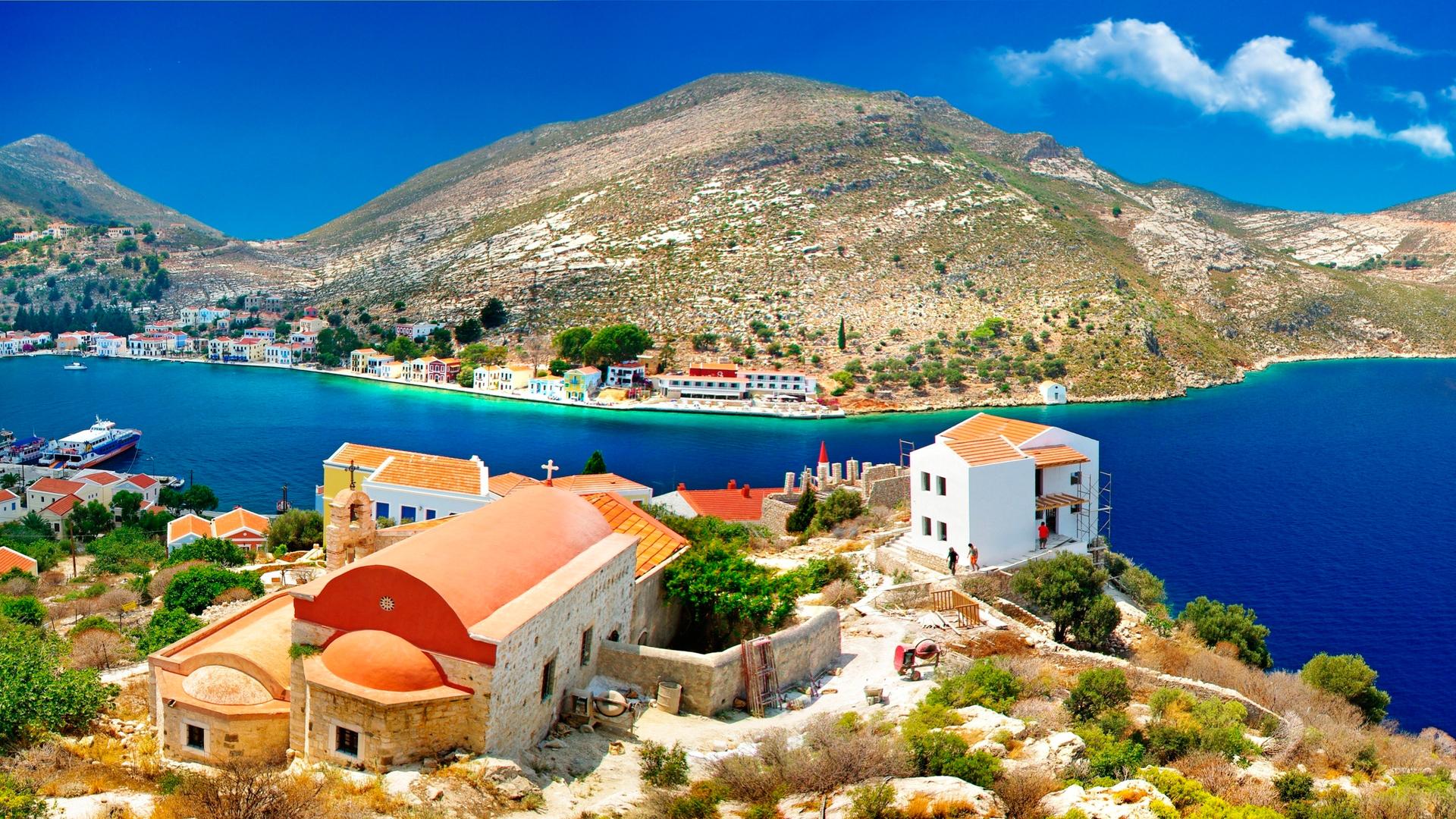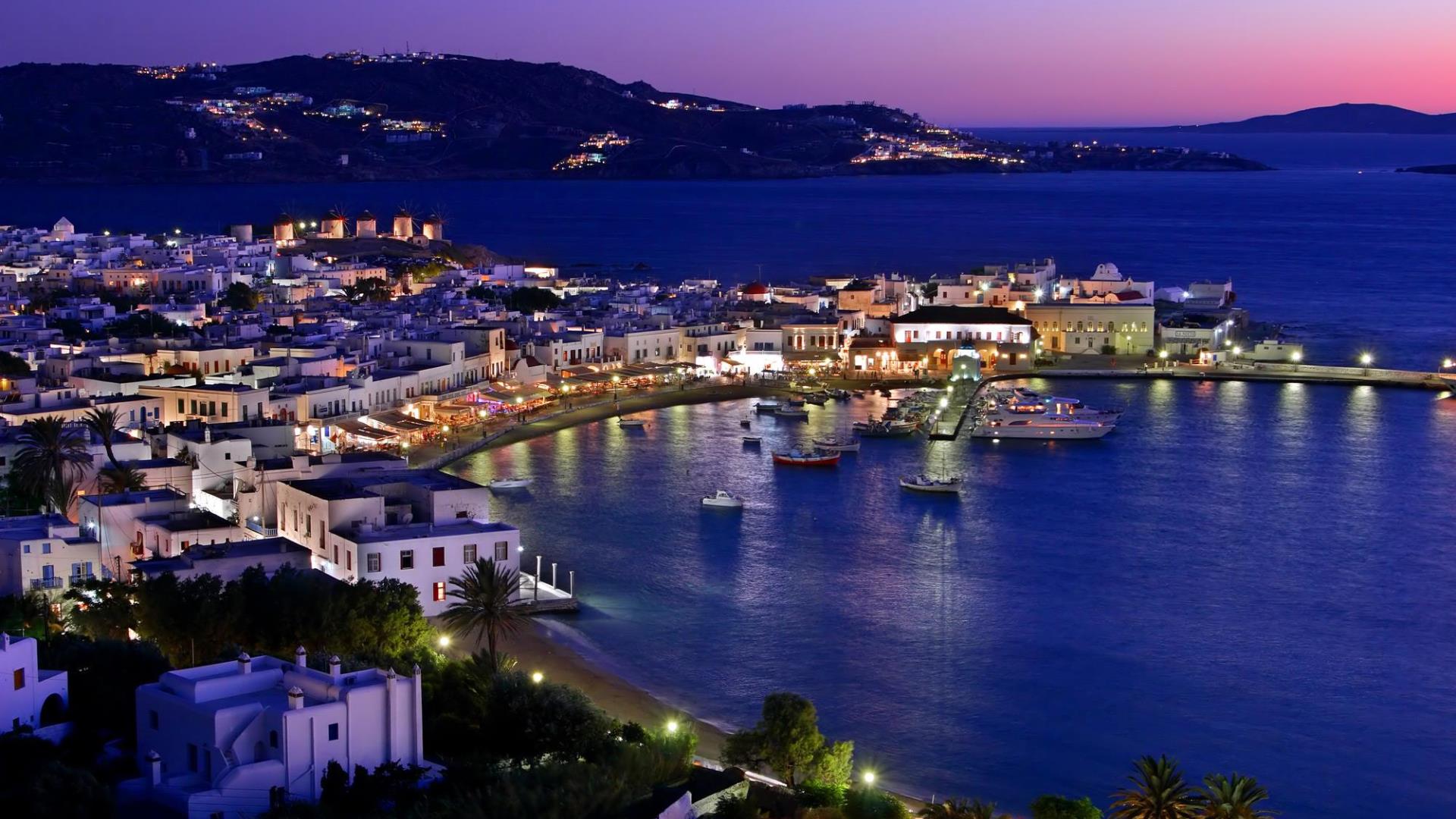Holidays in Kruger Parke and Mpumalange
Hotels
Mpumalanga - The province is famous for its vice hill landscapes and the most famous Kruger Park National Reserve.
Kruger ' s National Park, the most famous National Park in South Africa, is known by the vast territory and the so-called " big five " in its territory: lion, nose, elephant, buoyla and leopard. Kruger National Park - South Africa ' s national pride, an excellent example of wildlife management.
The world famous park, founded in 1898 by the Transvaal President Paul Kruger, is an example for many world parks. In addition to the most innovative management system, Kruger Park is the most profitable national park in the world. The fleet now occupies almost 2 million hectares in 350 km across the 2nd provinces (Mpoumalanga and Limpo). There are over 250,000 animals out of 147 species, including the Big Five (300 black nosornos, 2,500 white nosorhogs, 8,000 elephants, 900 leopards, 15,000 bubbles and 2,000 lions), and 507 bird species, 49 fish species and 148 reptiles, and 336 tree species.
In the south of Park, the Crocodile River is limited in the north of the Sabie River, in the east of the Lebombo mountains and in the west of the Dracon Mountains. Johannes-Kruger Park or Internal Flight - Johannesburg-Hodsprut (550 km) can reach here. Johannesburg-Nelspurt (400 km); Johannesburg-Skuza (500 km). Possible flights from Cape Town, Durban and other cities. Recommended visit season: May to September (dry season).
In addition to the Heim Drives (Safari) and numerous foot routes, we recommend that we visit the waterfalls in the Pilgrim’s Rest (Lisbon and Berlyn Waterfalls), the Canyon Blyde River Canyon (3rd in the world), Panorama God’s Window, the old city of Pilgrim’s Rest gold mining.
Park offers all possible accommodation options: camping, bungalow, shade, huts, leagues, from modest and simple to luxury.
A little Kruger Park history.
The first researcher in this area was Dutchman Francos de Cooper, who conducted an expedition to the East for India. However, the expedition was attacked.
local tribes. In 1838, the expeditions were used to set up front gates. Hundreds of Europeans floated into these places, tempted by rumours of gold and a large number of valuable animal and ivory stitches. This has led to a sharp decline in animal numbers. President Paul Kruger has been briefed on the situation in the region and he has persuaded the Transvaal Parliament to declare the area the National Park. In 1902, James Stephenson Hamilton was appointed Chief of Park. Its mission was to protect the animal and plant world by a hunter, poacher and local farmers who had fallen in the Park area. Park was opened for visitors in 1927. In addition to protecting flora and fauna, James Stephenson Hamilton expanded the Park area to 10,000 acres. He spent over 40 years of his life rebuilding Park from the destruction of the Anglo-Bur war. Without a doubt, James Stephenson Hamilton has made an immortal contribution to the Kruger National Park. Park was opened for visitors in 1927. After the First World War, the UAR Government took Park under its protection.Kruger ' s National Park is a living memorial to President Paul Kruger and those who supported his desire to maintain this unique area. Many traces of the presence of ancient settlements have been found in the Kruger National Park area, including sketches of the stone age. In the northern part of the Park, in Thulamela, archaeologists excavated the settlements from 15 to 17 centuries. There were gold jewels, glymbs and other objects. The stone settlement was restored and the place was officially announced by the museum in 1996.

